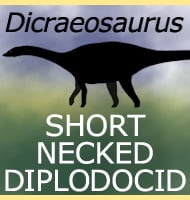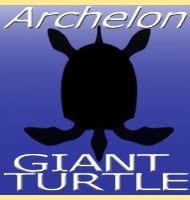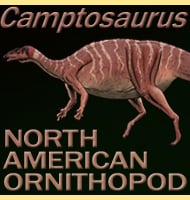Dicraeosaurus
In Depth Dicraeosaurus was relatively small by sauropod standards, but was still a bit larger than Amargasaurus, so far the only other known member of its group. Dicraeosaurus sported a double row of spines down its back that are similar to those seen on the back of Amargasaurus. We cannot be certain what these spike … Read more


